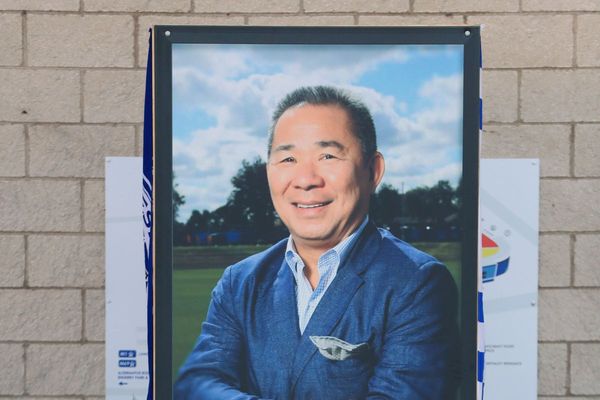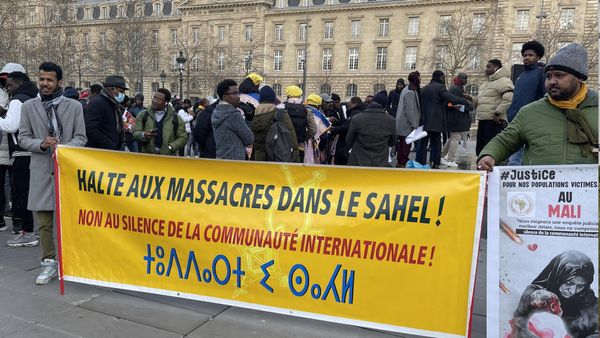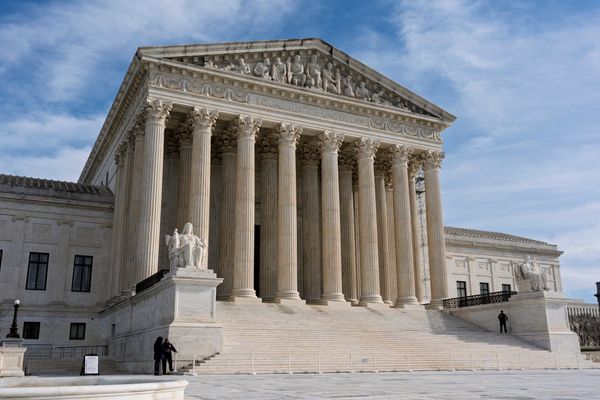
By Joyce Y.M. Nip
China is known for the strict control it exercises on information, especially online. Discussion of events that might reflect unfavorably on the government is often censored, or framed in such a way that it becomes pro-government propaganda.
That's why so many Chinese citizens remain unaware of, for example, the 1989 Tiananmen Square massacre.
Online discussion of the recent anti-extradition protests in Hong Kong was no different. But this was also a rare occasion when China’s news propaganda machine was mobilized to simultaneously target several audiences both inside and outside China.
China’s propaganda network is made up of a constellation of domestic and international media outlets, including social media platforms, mobile apps, websites, and traditional news media.
The news is tailored to particular audiences according to different agendas, directed by the Central Publicity (formerly translated as “Propaganda”) Department of the Chinese Communist Party (中宣部).
Over the past few weeks, we have seen the China extradition bill elevated from a local Hong Kong controversy to a story of international concern after the protesters’ lobbying campaign targeted at the G20 summit.
As events escalated from peaceful rallies focused on a single issue to at times violent confrontations seeking a range of demands, including the resignation of Hong Kong Chief Executive Carrie Lam, the agendas of several spheres of China’s propaganda converged.
Here’s how it unfolded.

China’s Media Allies in Hong Kong Spread Pro-Extradition Propaganda
Protesters took to the streets for the first time on March 31, two days after the extradition bill was published in the Gazette, the official publication of the Hong Kong government.
The same day, two Chinese-language newspapers that have long acted as de-facto official media of the Chinese government in Hong Kong (but not openly declared as such) swung into action.
Wen Wei Po (文匯報) and Ta Kung Pao (大公報) both used the second page spread in the news sections to proclaim the merits of the bill. To a lesser extent, they attacked the bill’s opponents in the same coverage.
China has co-opted most traditional media outlets in Hong Kong in recent decades, and these outlets are on the semi-periphery of China’s propaganda machine, targeting a local audience in Hong Kong. They would still report on negative news about the Chinese or Hong Kong government, but often seeking to counter those news with a positive spin while discrediting opposing voices.
Their messages are now reinforced by relatively new digital media outlets in Hong Kong that are supportive of the Chinese regime. These outlets form the periphery of China’s propaganda in the city and focus a great deal on bashing the government’s perceived enemies.
After the extradition bill was published, outlets like the Silent Majority of Hong Kong (幫港出聲) and Hong Kong G Pao (HKG報) pumped out propaganda stories, painting a positive image for the bill and the Hong Kong police while attacking the opponents.
One of the articles published by the Silent Majority, for example, attacked the publisher of the Apple Daily Newspaper (蘋果日報), one of few media outlets in Hong Kong that is openly critical of Beijing, for the “nonsense” he expressed that the bill would harm press freedom.
The articles employed the outlet’s usual tactics: singling out individuals and pitching them against the interests of society. Silent Majority also encourage readers to “like” their stories, forming supportive public opinion while helping the news to spread.
China’s Central Media Outlets Followed Suit in Condemning Protesters
The core news propaganda outlets of the Chinese state, such as People’s Daily, and CCTV, did not address the Hong Kong protests until April 17, more than two weeks later.
These outlets target the domestic audience inside mainland China and tend to ignore sensitive stories that might paint the party in a bad light. The mission of core state media is to foster a positive image of China, either for a domestic or international audience. Usually this involves reporting on China’s achievements. When China comes under pressure, the core media attempt to justify the government’s actions as reasonable.

On April 17, People’s Daily covered the establishment of a group that supports on the extradition bill in Hong Kong, seizing the opportunity to spread positive propaganda. One story read, in part: "The group calls on citizens to participate in a signature petition to support the passage of the amendment bill, so as to improve the legal system and demonstrate justice and avoid Hong Kong becoming a place for criminals to evade legal responsibility."
Targeting an international audience, the English-language China Daily dismissed concerns about the bill in an editorial on April 29. Part of it read: "…the opposition camp and its foreign backers have gone to great lengths to present scary scenarios the amendments could lead to in order to garner support for their own political agenda."
Then, on July 1, a group of protesters occupied Hong Kong’s legislative chamber. The incidence drew strong and extensive statements of condemnation from China’s core propaganda outlets in the following days. China Daily, for instance, called the "attack on HK legislature a 'political act' with 'hidden agenda'."
How Does China Use Precise Language in Maximizing Media Influence?
These layers of propaganda target different audiences with different tactics and operate in different information environments. Employing specific languages and rhetorics is one of China's propaganda strategies.
Within China’s core propaganda outlets, reporting on the extradition bill is full of statements from official state agencies and organizations that are supportive of the proposed amendment. The language is formal and repeats stock phrases like the following:
- violence
- rule of law
- extremists
- stability and prosperity
- one country, two systems
- foreign interference
- national security
The same stock phrases are supplemented by more accusatory words in the semi-peripheral layer of China’s news propaganda, including:
- riot
- terrorism
- mob
- independentist
- color revolution
Some of the digital-only outlets on the periphery, operating in the clickbait-driven online environment, show little restraint in using abusive, colloquial language, such as by calling opposition politicians “scoundrels.” They sometimes also fake facts and doctor images to attack opponents. This differentiates them from the traditional news media, which follow journalistic principles more closely.
Studying China’s core state media alone overlooks how each layer complements one another in the propaganda machine. Using different communication tactics in different spheres, each outlet reinforces the others to create a coherent world view.
What they have in common is an adherence to the main party line – and with this, the party hopes to control the message on the Hong Kong protests, even as it struggles to control the streets.
This article was originally published on The Conversation. Read the original article here.
TNL Editor: Daphne K. Lee (@thenewslensintl)
If you enjoyed this article and want to receive more like it in your news feed, please be sure to like our Facebook page below.







